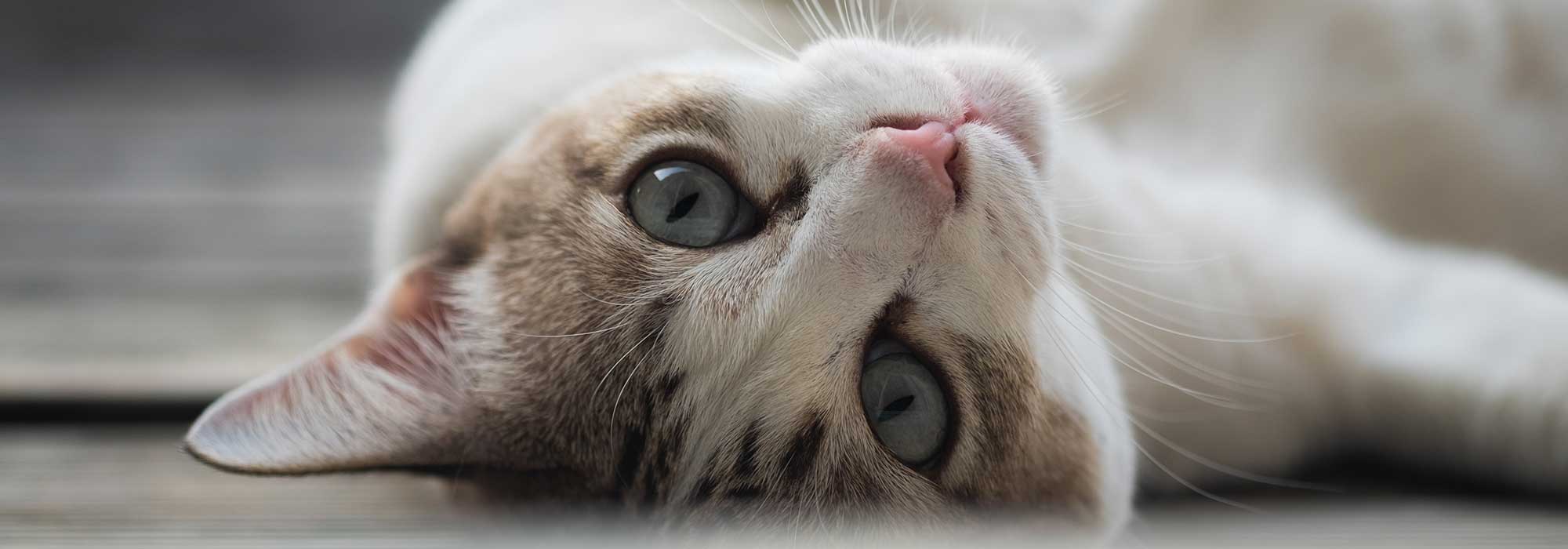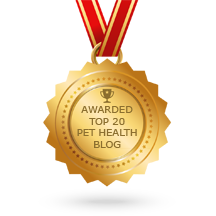Posts in Category: Pet Health & Wellness
The Dirty Truth About Your Pet’s Bed
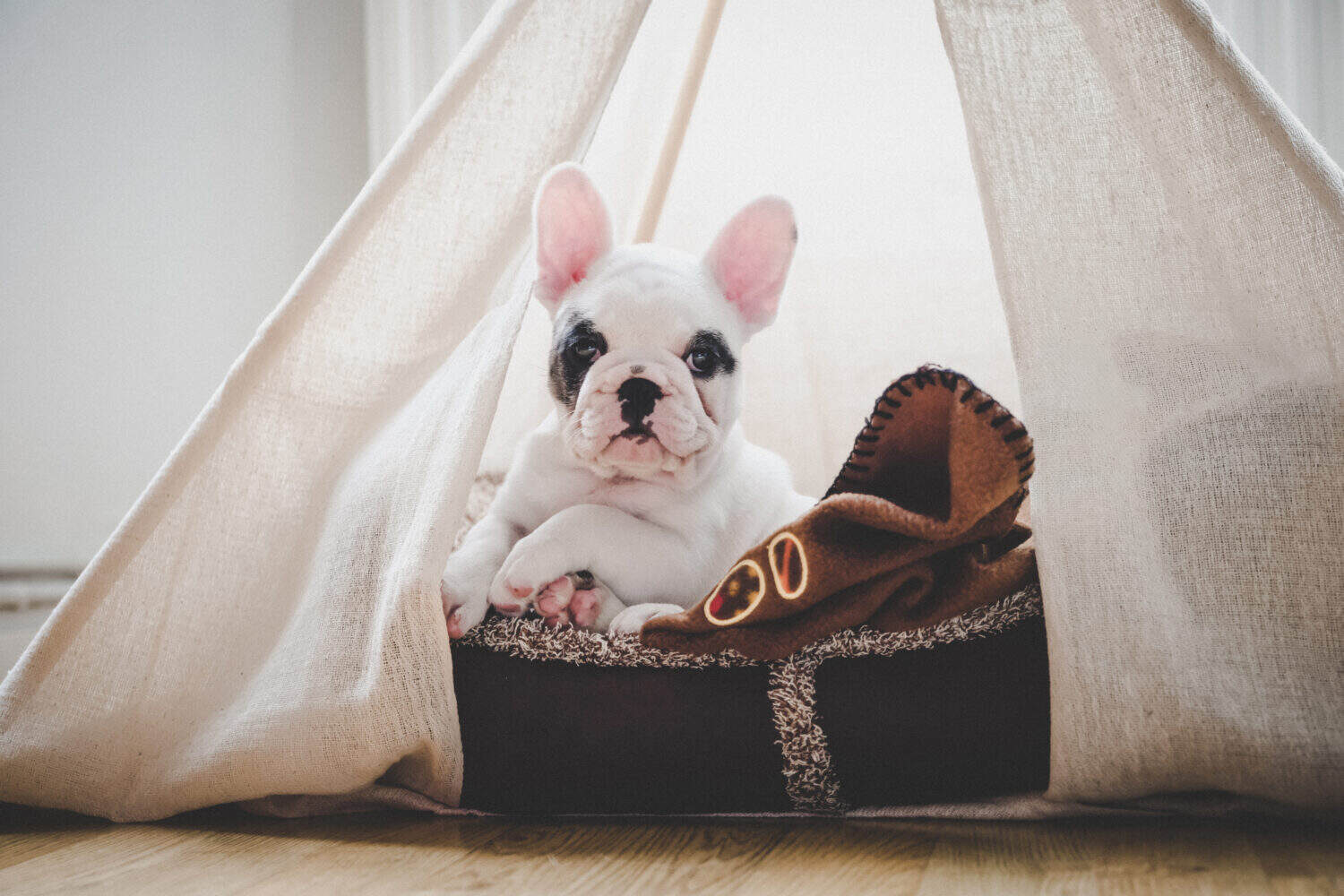
Is Your Pet’s Bed Overdue for a Cleaning?
Sharing our home with pets brings many joys. But along with that joy comes dirt, hair and parasites.
While vacuuming up fur may be a daily habit, it’s easy to overlook your pet’s bed and let it go weeks without a wash. These cozy sleeping spots are prime breeding ground for hair, fleas, and unwelcome germs.
Pet Beds Same As Bed Sheets
Think of it this way: your pet’s bed deserves the same washing routine as your own sheets. If you’re ready to banish the funk, eliminate germs, and keep your pets healthy, you need to know the facts. Here is what every pet parent needs to know about keeping those pet beds truly clean.
Why You Need To Clean Your Pet’s Bed
It’s easy to overlook that cozy pet bed, but think of it as a silent collector. Day after day, it gathers more than just fur and dirt—it becomes a hotspot for some seriously unwelcome guests:
- Allergens: Your pet’s bed traps dust mites, pollen, and dander, triggering miserable allergies for both your pet and your family.
- Parasites: Washing is your best defense! Fleas, ticks, and mites can hide and thrive in bedding. But regular washing helps break their life cycle and keeps pests at bay.
- Odors: Let’s banish the funk! Frequent washing prevents that noticeable “doggy smell” or strong cat musk from taking over your living room.
Choosing A Pet Bed
Not all pet beds are created equal. A quality bed is a smart investment that does more than just offer comfort—it actively works to keep your home cleaner. By choosing the right materials, you can significantly reduce odors, allergens, and bacteria.
Shopping for a new one? Keep these essential features in mind:
- Removable covers: Beds with removable covers make cleaning a breeze. You can toss the cover into the wash without dealing with bulky padding.
- Machine-washable materials: Got a washing machine that can handle bulky items? Look for beds made of fabrics and fillers that can tolerate machine washing and drying. This helps ensure a deep clean.
- Waterproof liners: A waterproof layer between the cover and the stuffing keeps potty accidents, drool, or muddy paws from soaking into the core of the bed.
How Often Should You Clean Your Pet’s Bed?
How often should you wash that pet bed? While there’s no single perfect answer, follow this general rule of thumb:
- Dogs: Once a week, especially for pups who spend a lot of time outside or seem to collect odors quickly.
- Cats: You can usually stretch this to every two weeks, thanks to their meticulous self-grooming habits.
- Wash More Often If: Your pet suffers from allergies, is a heavy shedder, or if you’re dealing with a recent flea/pest problem.
Pro Tip: Always check the washing instructions on the tag! And don’t forget to vacuum the area around the bed to keep stray fur and dust under control.
Fresh Beds Equal Happy Home
Your pet deserves a clean, cozy haven—not a breeding ground for smells, parasites, or allergens. The solution is simple: regular cleaning and choosing a bed made with waterproof, machine-washable materials. This combination makes all the difference for a healthier, happier home.
Got Pet Health Questions? Contact Us.
Your pet’s comfort and health are our top priority. If you need expert advice on managing allergies, preventing parasites, or addressing other health concerns related to your pet’s environment, the team at Lone Tree Veterinary Medical Center is standing by. Call us directly at (303)708-8050.
Pet Safe Valentine’s Day

A Pet-Safe Valentine’s Day is simpler than you might think. To keep your pet safe and out of the emergency room, we’ve put together essential Valentine’s Day pet safety tips.
Flower Arrangements
Flowers and Valentine’s Day go hand in hand. Selecting the perfect flower arrangement is already challenging, but it becomes even trickier when considering which flowers could be harmful to your pets.
Continue…Kennel Cough In Dogs
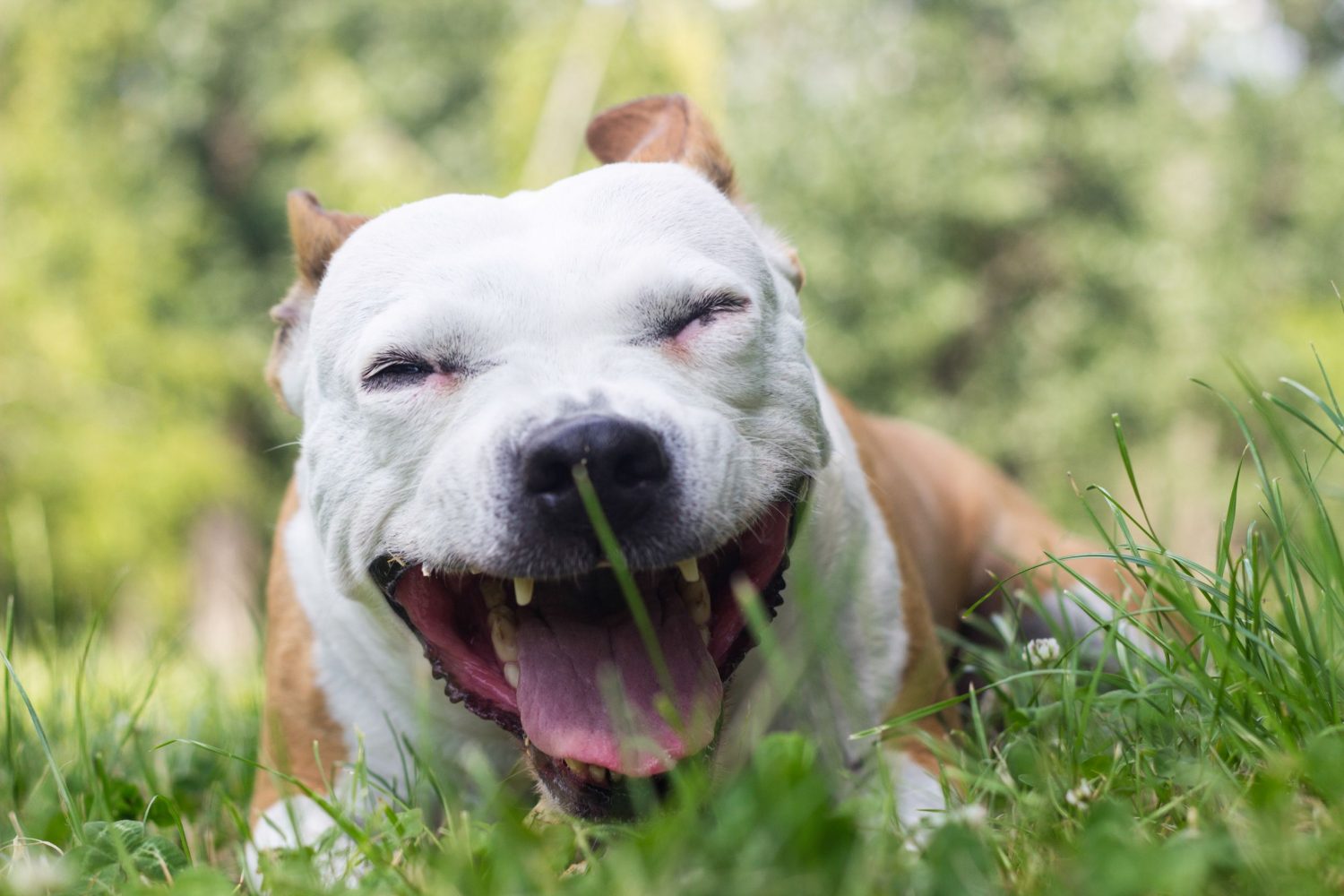
Many dog owners have heard of kennel cough–especially those who board their dogs or take them to daycare facilities. Fewer, however, may know what kennel cough actually is. At Lone Tree Veterinary Medical Center, we’re here to help you understand kennel cough and to what extent it is a concern.
Continue…Pet Separation Anxiety
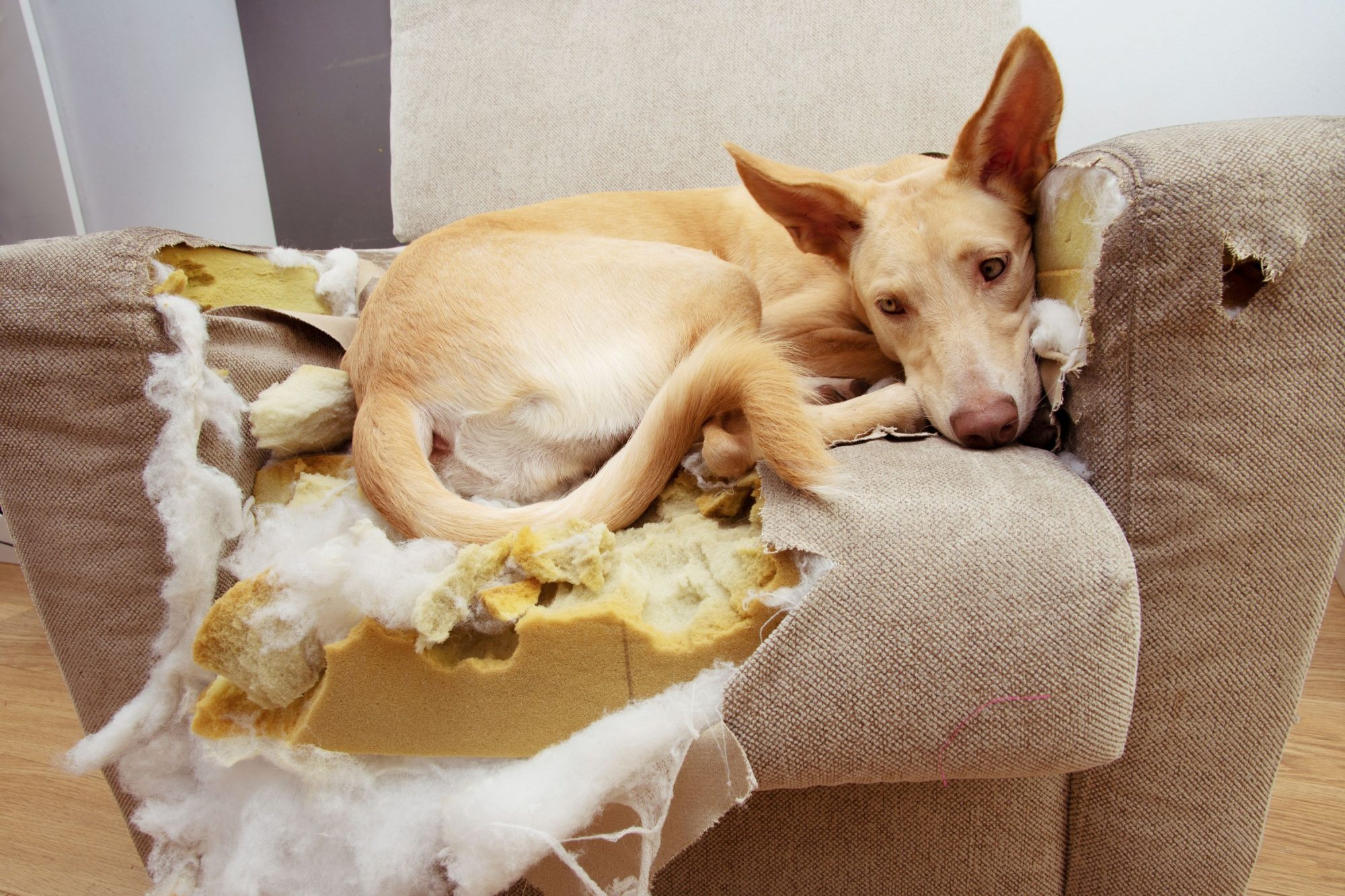
Just as humans, our pets can experience separation anxiety. It affects dogs, cats, birds and other small pets. If not addressed, a pet’s anxiety can develop into chronic, lifelong behavioral problems. These problems negatively impact a pet’s ability to interact appropriately with people and other pets. They can also jeopardize the pet’s relationship with its human family and, ultimately, its own well-being.
Continue…The Danger of Leptospirosis in Dogs
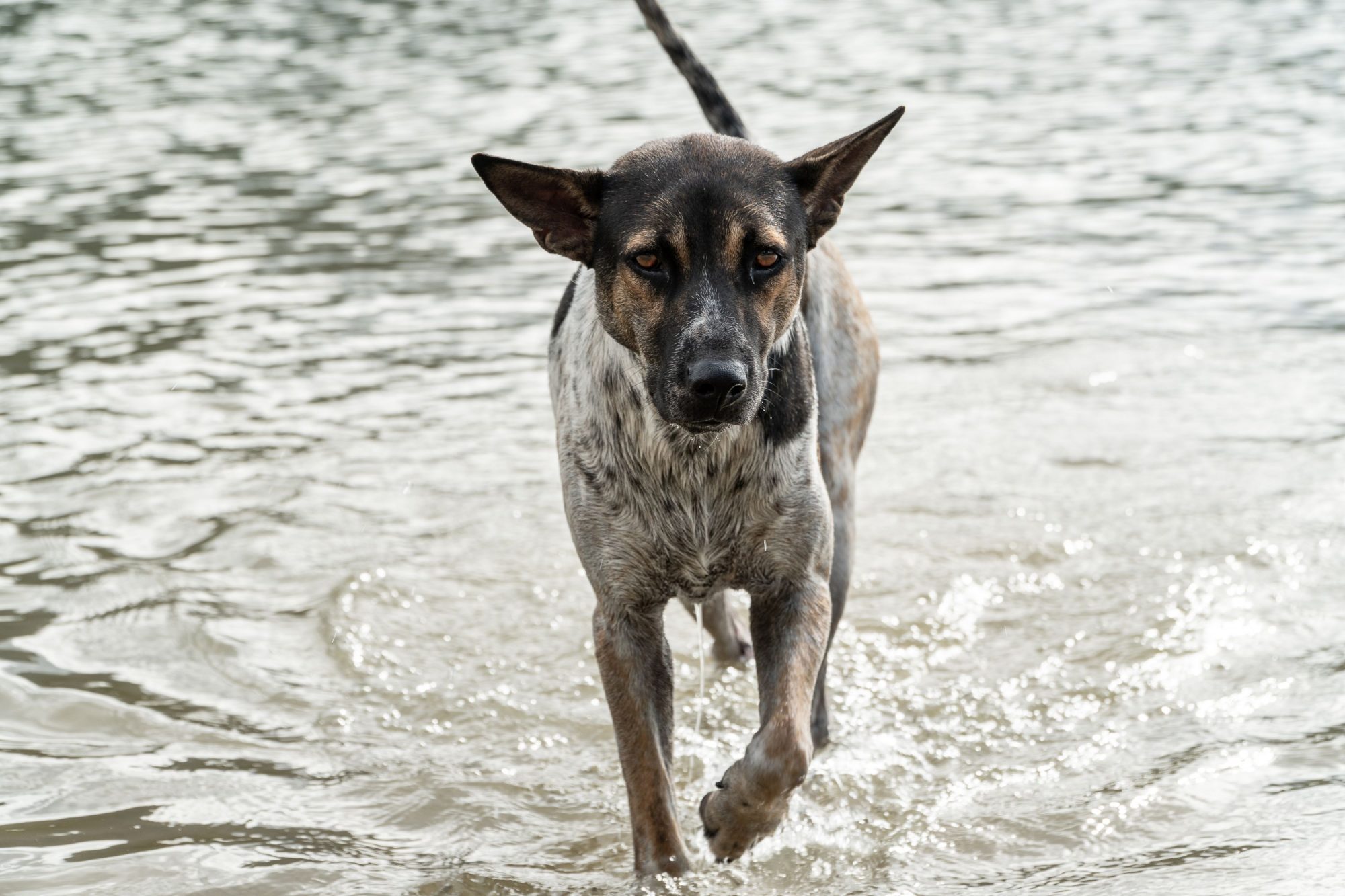
Leptospirosis is a disease caused by Leptospira bacteria, which are found worldwide in soil and water. Numerous strains of these bacteria can cause illness, affecting a wide range of mammals, including dogs, people, livestock, and certain wildlife. While cats can also get sick, such cases are rare.
The Leptospirosis vaccine a core part of our dog vaccination program after reports of the disease emerged in Colorado. We took this step due to the risk it poses to dogs and its potential to spread to humans.
Continue…Canine Oral Papilloma Virus: Knowing the Signs and Risks
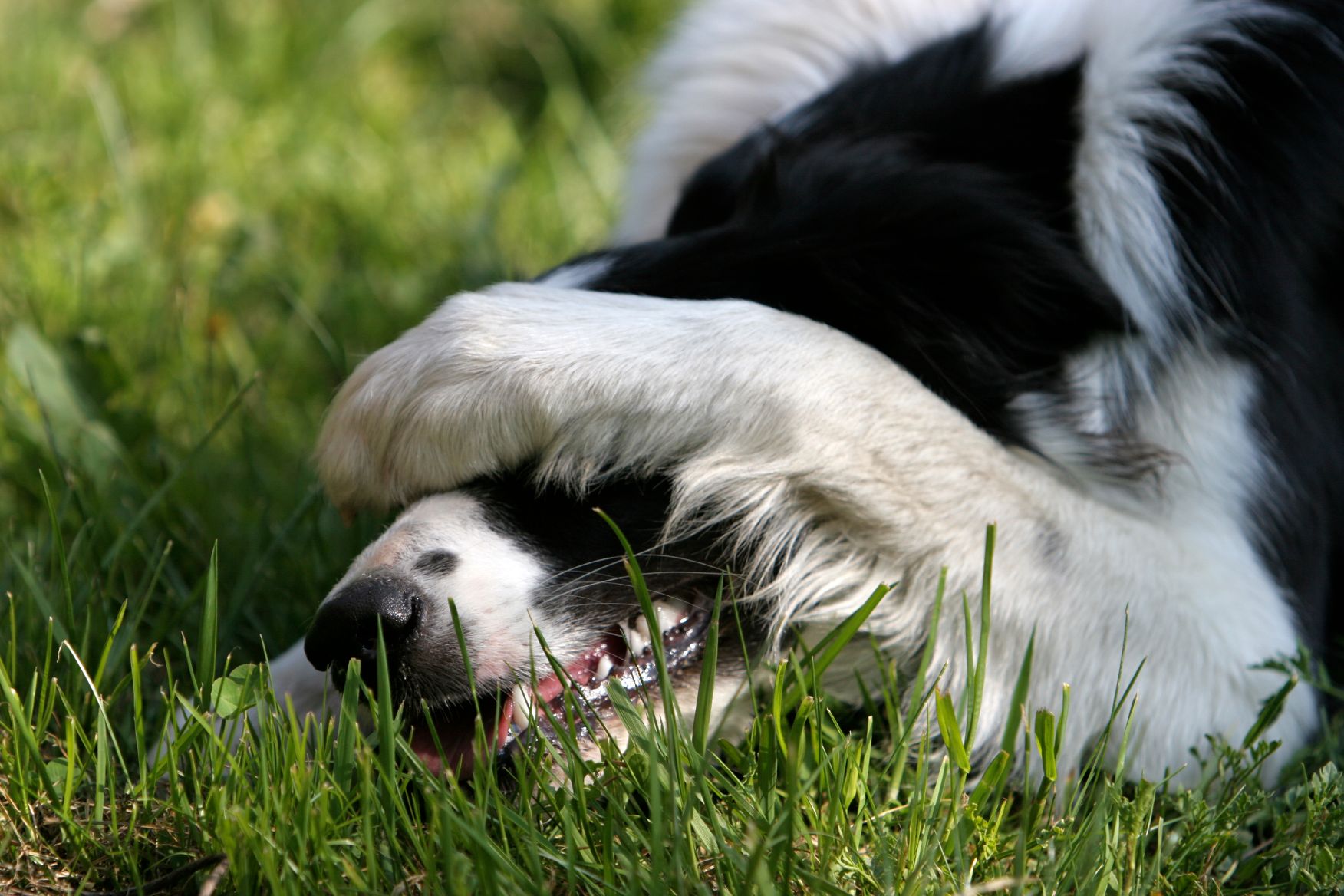
We often think of puppies as cuddly and adorable creatures, but that little wart-like bump you just noticed on your pup’s lip may not be so cute. While lumps and bumps on dogs are not unusual, when they occur in young and/or social dogs, canine oral papilloma virus, or COPV, is on the list of rule-outs for our team at Lone Tree Veterinary Medical Center.
Continue…Small Dogs Have Small Dog Needs
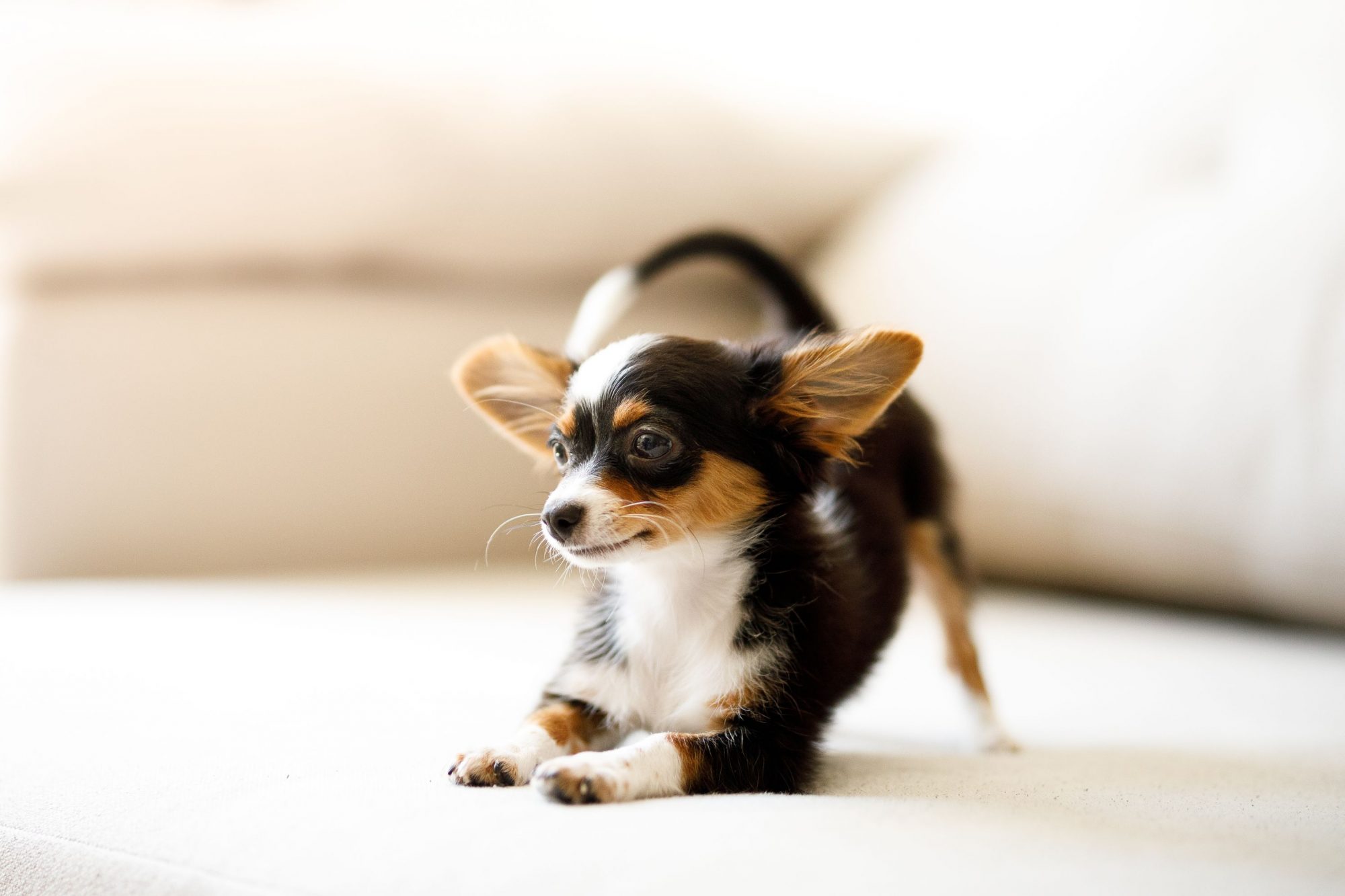
An endearing characteristic of small dogs is that they often come with big dog attitudes. Convincing as their “big dog” behavior may be, our small dogs still have some unique small dog needs.
At Lone Tree Veterinary Medical Center, we see a lot of small dogs at our facility and are happy to share some interesting observations on what makes them different from their larger canine counterparts, and how this affects their behavior and care.
Continue…New Alternatives to the Dreaded “Cone of Shame”
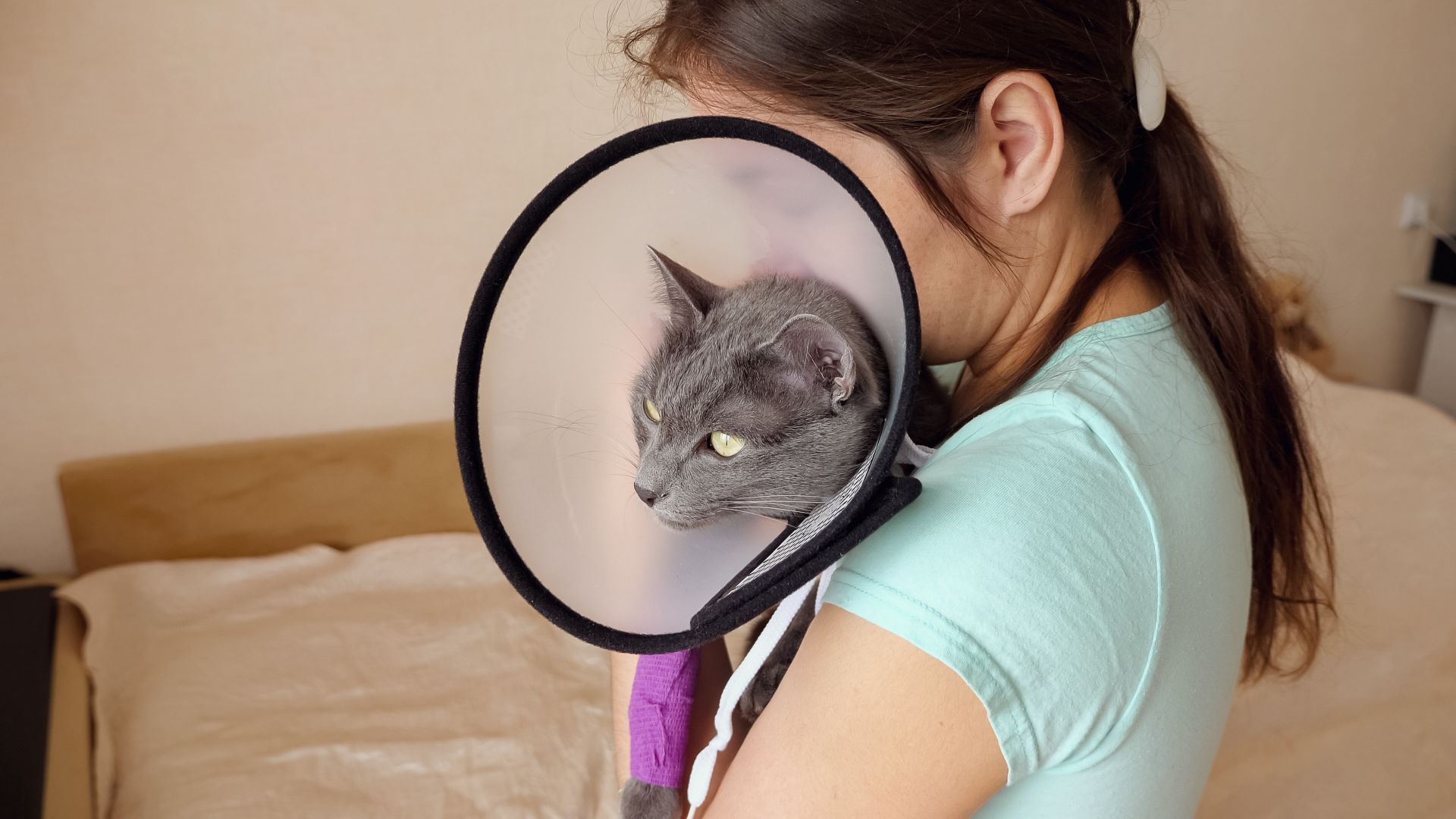
Most pet owners are familiar with the Elizabethan collar, or e-collar for short. Often referred to as the “cone of shame”, this collar has a much-maligned reputation, despite it serving an essential role in post-surgery recovery for dogs and cats.
Designed to protect pets from licking or chewing at surgical wounds, bandages, sores or itchy spots, the e-collar has been a ‘go-to’ helper for many years and there are several versions that have become available over time.
Continue…Pet-Safe Pest Control: Is It Possible?
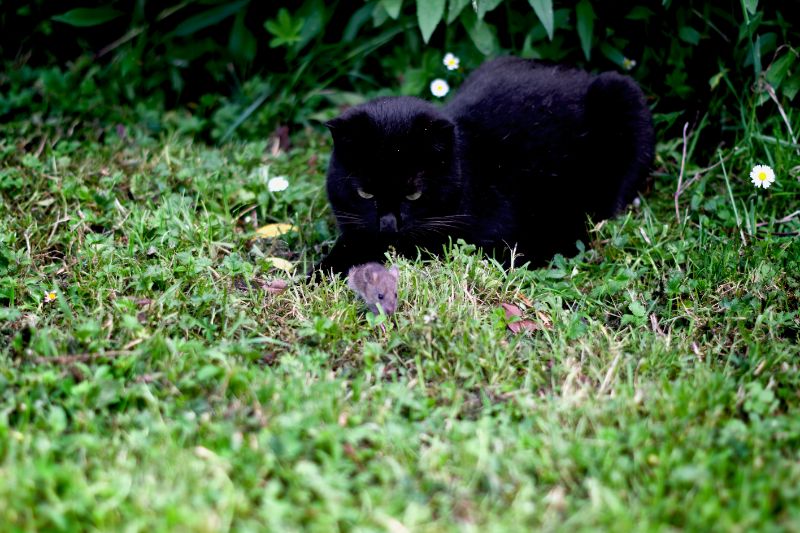
No one wants to share the yard, garden or house with uninvited guests. While insects and rodents may be fine from afar, the minute they cross our threshold or create problems in our yard, we humans usually decide to take charge.
For some, the easiest approach to pest control involves the use of chemical treatments. Pet owners, on the other hand, have the added responsibility of using pet-safe pest control methods, both inside and outside of the home.
Continue…Help! My Cat Won’t Eat!
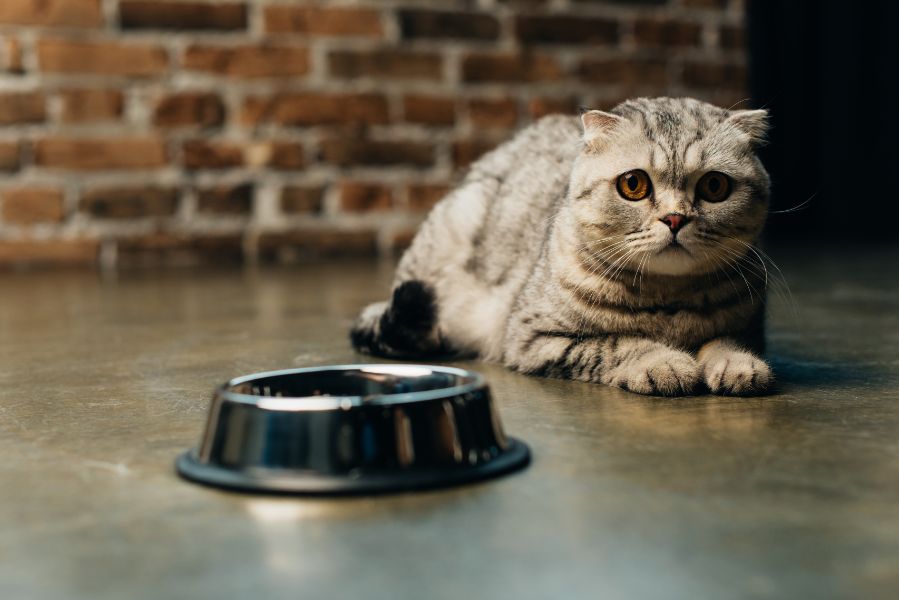
Cat owners typically know when their cat is hungry. Constant meows, chirps, and the circling around your legs are often first clues. Yet, after all that fussing and the meal now in the bowl, it can be surprising and even frustrating when your cat decides not to eat it.
What’s going on when your cat won’t eat? There are several possibilities and they deserve an owner’s attention and action.
Continue…
